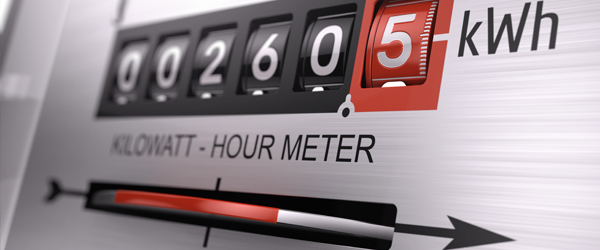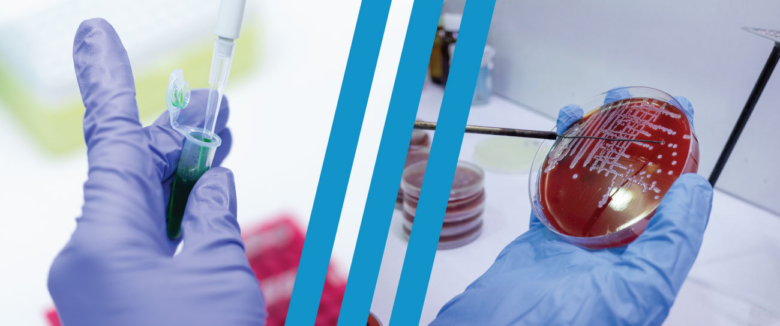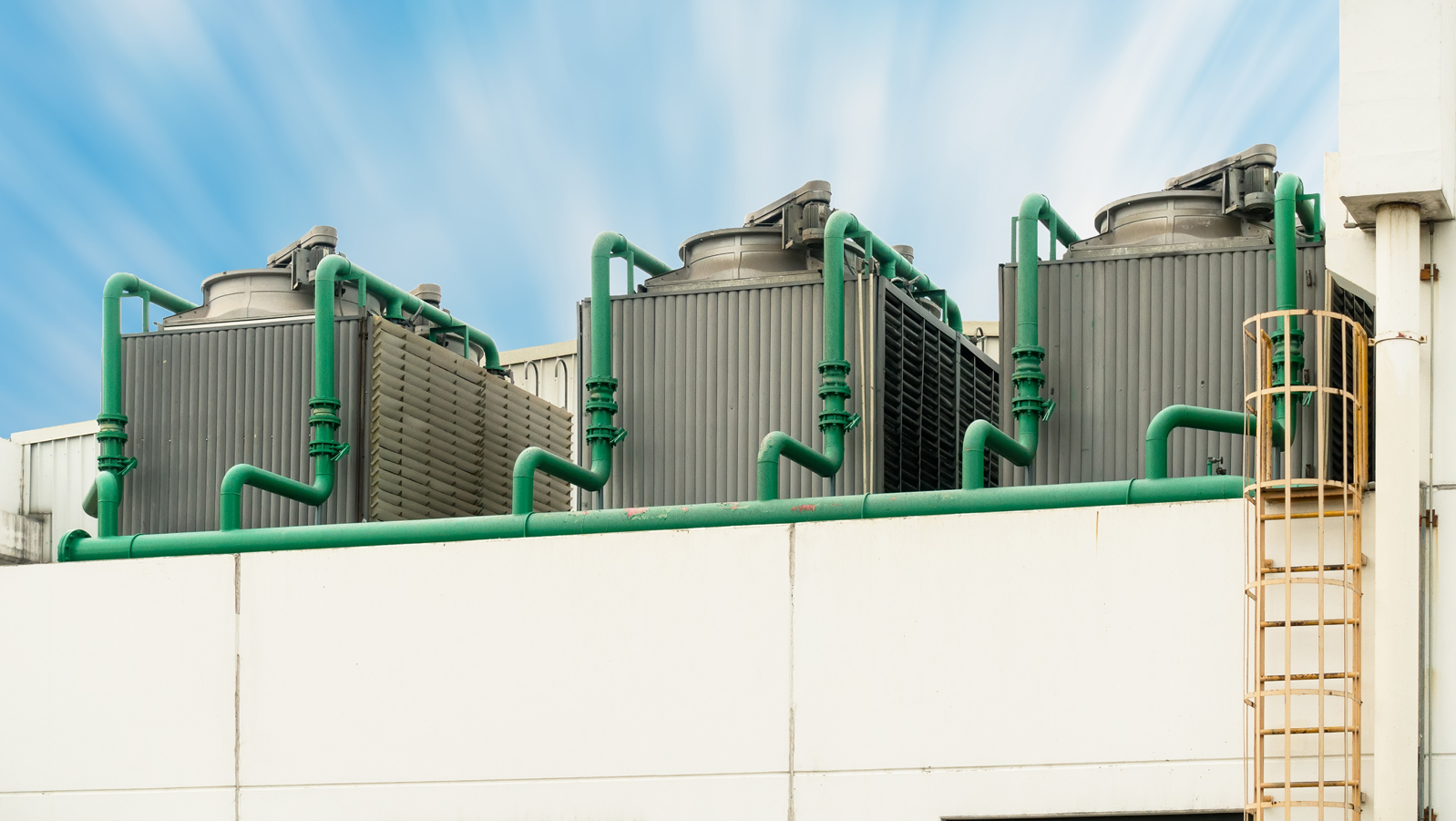Since December 2019, the novel Coronavirus (SARS-CoV-2) has spread to 214 countries, wreaking havoc on a global-scale that has devastated economies and taken a serious human toll.
Keeping our society open – to improve economic, social, and mental outcomes – will require informed decision-making backed by scientific evidence.
How can the healthcare industry transition safely into our new normal? While our social distancing efforts have helped slow virus transmission, we need to focus our attention on testing and controlling the environments we come in contact with.
In this post, we’ll discuss what environmental surveillance testing is, why it’s important, and how you can use it to help keep your employees, patients, and residents safe.
What is environmental surveillance testing?
Environmental surveillance testing uses the same methods as clinical testing and diagnosis of COVID-19, to identify SARS-CoV-2 in the environment. This quantitative Polymerase Chain Reaction (qPCR) technology is the same gold standard used in clinical diagnosis, but applied to detect viral presence and risk of exposure in the built-environment.
This testing method is not new, it has been used for decades to monitor for pathogens and biothreats in industries like healthcare and food production. These same reliable, fast, and sensitive test methods are now available to quantify the risk of SARS-CoV-2 on nearly any surface humans come in contact with (e.g. buttons, doorknobs, restrooms, HVAC systems, etc.)
How can it be used in the healthcare industry?
Widespread environmental surveillance testing is an integral tool in our new reality, where everything we touch and the air we breathe could be a potential source of exposure. By identifying the lingering presence of SARS-CoV-2 on the surfaces where we live, work, learn, and play, we can help create a safer path forward.
Validate disinfection
Disinfection is a proven method to effectively reduce risk of SARS-CoV-2 exposure through surface transmission.
That said, there are many factors that will impact disinfectant efficacy, including contact time, surface type, and cleaning technique. Moreover, there is only one proven way to confirm your products disinfectant efficacy, and that is through verification testing. Simply cleaning and disinfecting areas at high risk for SARS-CoV-2 and potential transmission is not enough to ensure risk mitigation. Nowhere is this more pronounced than in healthcare settings with the most vulnerable population such as hospitals and nursing homes.
One example showing the value of environmental monitoring occurred in a nursing home in the mid-west USA that had 9 residents test positive for COVID-19 in April, 2020. An environmental monitoring strategy was utilized to guide the cleaning and disinfection of the contaminated rooms, approximately 4 days after the infected residents were transferred to another location. Swabs were taken from various locations in 4 of the rooms pre- and post-cleaning.
After cleaning with an environmentally- friendly IPMP-based product, verification testing showed 92% of locations tested positive. An additional round of disinfection was completed with sodium hydroxide which eliminated the virus in 8 of 9 samples tested. The protocol described allowed the biohazard cleaning team to efficiently confirm whether disinfection was successful or whether further actions would be required.
You can’t be certain that your cleaning and disinfection program is doing the job successfully until you confirm it with verification testing. Disinfection verification can guide your cleaning and disinfectant strategies, making them more effective and allowing decision-makers to make science-backed and informed decisions.
Risk management and compliance
Examples already exist where SARS-CoV-2 environmental monitoring combined with disease prevention best practices can improve outcomes and provide early warning of potential outbreak events.
One case involves a meat plant that was the source of an outbreak in April. The plant had 90+ cases as of June and was forced to cut production by 50% and pause hiring due to the outbreak. Health inspections showed they were 90% out of compliance with health codes.
Once additional health measures were implemented, including SARS-CoV-2 environmental surveillance monitoring in critical areas of the plant, the outbreak was controlled with no new cases for 26 days, until a temporary foreign worker tested positive at the start of July. The company suspects the worker obtained the virus through community transmission rather than at the plant because they had been performing SARS-CoV-2 environmental testing weekly at the plant with partners at a local university, and all of those samples tested negative.
The infected worker was isolated and contact tracing was done to inform any close contacts of the potential for exposure. The additional environmental testing done at this plant was key information to identify a potential outbreak early, and to inform health authorities that the infection did not result from company negligence or non-compliance with health measures.
What would it have cost the plant to suffer another outbreak had it not been caught quickly by more stringent screening and testing procedures? Another 50% reduction in output or could they have been shut down completely by the health board for fear of another potential outbreak?
Identifying asymptomatic or pre-symptomatic carriers
The threat of asymptomatic or unknown carriers potentially starting infection clusters is a major concern for the health and well-being of workers, as well as patients, residents and their families. Catching potential infections can be accomplished through a properly managed SARS-CoV-2 environmental surveillance testing program using qPCR to ensure that disease screening efforts, physical distancing and cleaning and disinfection protocols are working the way they should to prevent transmission in the workplace.
Environmental surveillance testing fills a gap where it is not feasible or possible to test every single employee every day for SARS-CoV-2, and provides an early warning signal for potential risk of outbreak that is currently being missed in many re-opening strategies. Environmental testing for SARS-CoV-2 allows you to detect potential outbreaks before they become a clinical problem.
Learn more about how environmental surveillance testing can help you keep your employees, patients, and residents safe
Environmental surveillance testing is an important piece of the puzzle to successfully re-open the healthcare industry and keep it open. We need better data to make better decisions based on science.
LuminUltra has launched an environmental surveillance testing solution that allows you to confirm whether a surface is in a safe state on-site, in less than two hours. Interested in learning more? Listen to a webinar we recorded on this topic.









